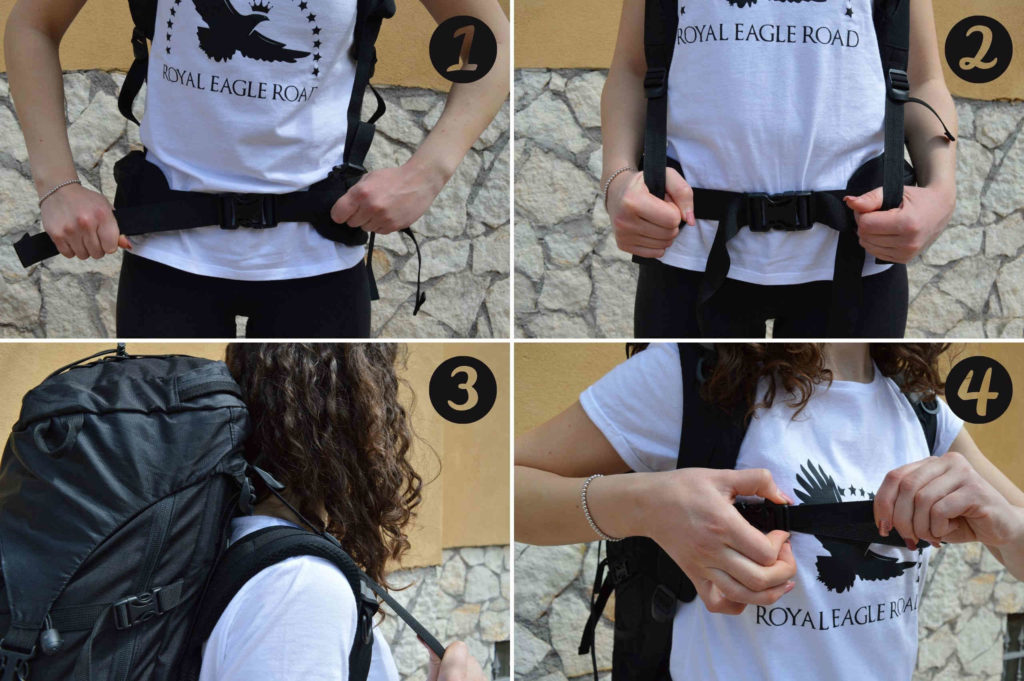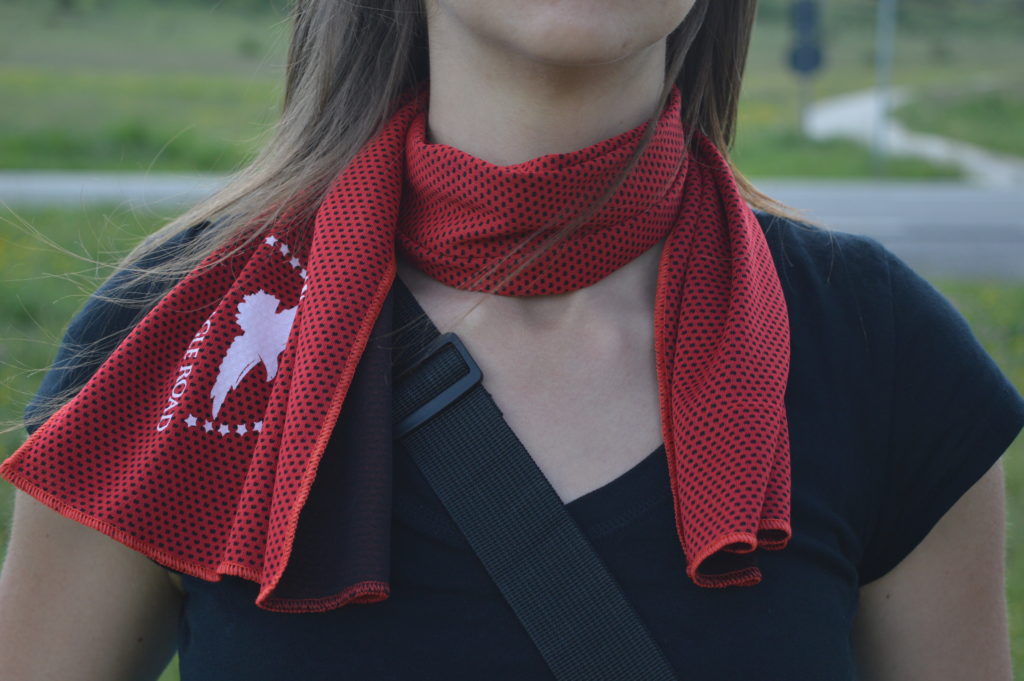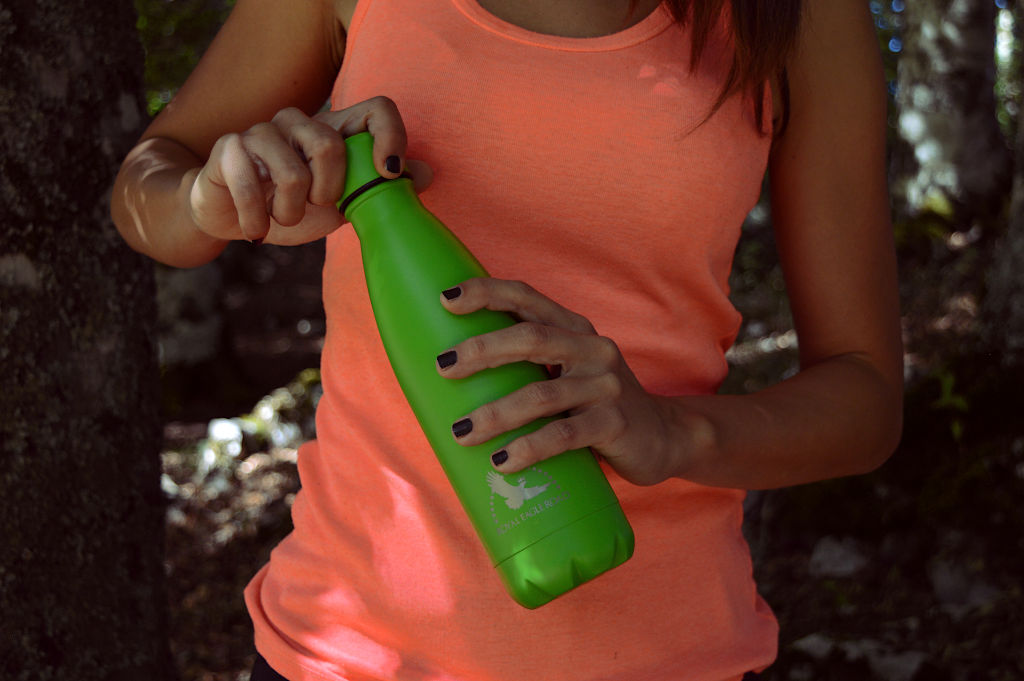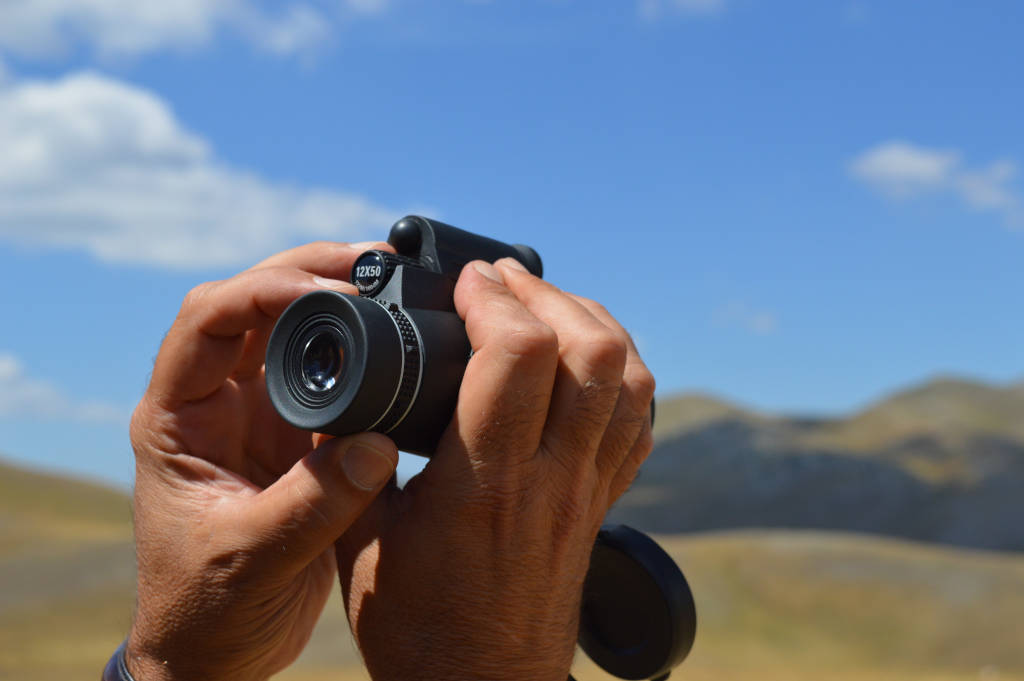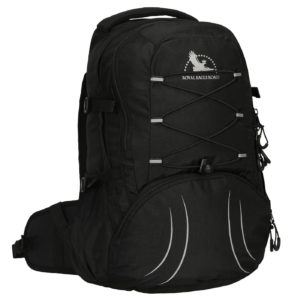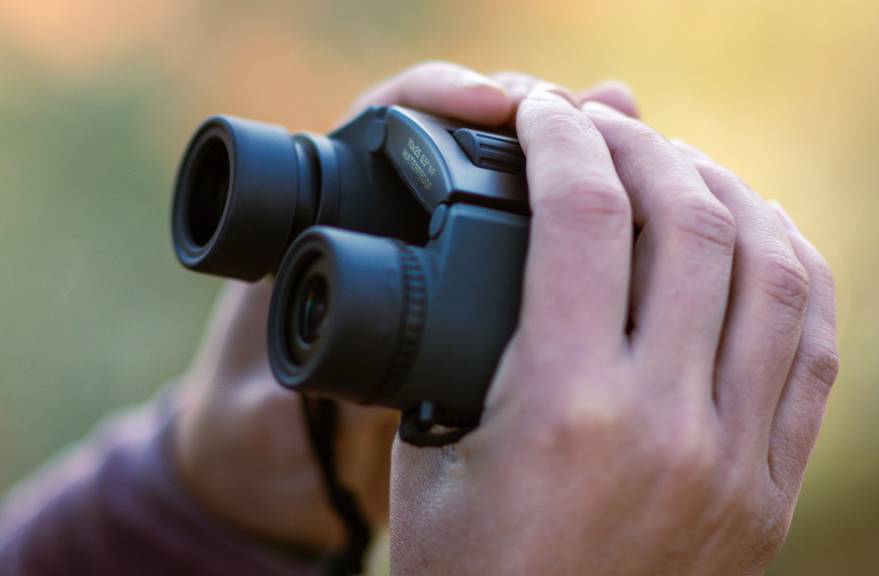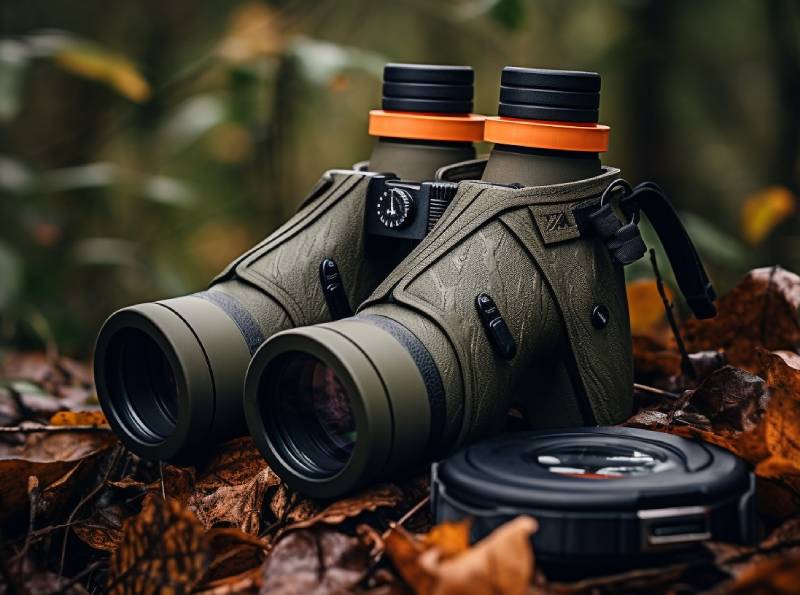Hiking with a backpack full of things that you will never use is never a good choice: it is better to take the time to choose only what you really need. Less is more.
The principle is to carry as little weight on your shoulders as possible but at the same time be ready for any eventuality and inconvenience. Always remember that in the mountains the weather can change very quickly.
You are about to read a list of things to bring on a day hike in the mountains and some tips that will help you choose what to pack and what to leave at home. In nature hikes, planning is the key.
Are you ready?
Choose a backpack suitable for a day hike
The backpack for a day hike to the mountains needs to be small: a model up to 30 – 35 liter is enough to carry everything you need just for one day. It is essential that it is comfortable, breathable and padded both on the backrest and on the shoulder straps in order to keep the back dry and not cause pain. Our guide on how to choose a backpack may prove useful to deepen the topic.
Most of the large backpacks have a padded hip belt, but it is common also in some smaller models suitable for day hikes. The hip belt is needed for:
- Distributing part of the weight of the backpack on the hips, relieving the shoulders
- Keeping the backpack stable so it doesn’t swing while walking
It is essential to fit the backpack to your body shape by adjusting the hip belt and all straps (compression straps, load straps, chest straps). Our guide on how to adjust the straps of the trekking backpack shows step by step how to adapt the backpack to your physical conformation.
What to bring for a day hike to the mountains?
Clothing and footwear
When hiking, remember to dress in layers. In this way you can add or remove some clothes according to the weather:
- The first layer is in contact with the skin to absorb moisture and sweat,
- The second insulating and breathable layer (e.g. fleece) maintains the body temperature steady,
- The third layer is windproof and waterproof.
Technical clothing are suitable for the mountains and keeps you warm even when the temperature change. Cotton is not recommended for hiking, trekking and for all outdoor activities as it quickly absorbs water and takes a long time to dry. The cold, wet layer in contact with the skin increases the risk of hypothermia. Yes to nylon, polyester and fleece which provide good insulation.
Let’s move to the trousers. The trousers need to be comfortable, warm and quick-drying (for this reason jeans, velvet or cotton trousers are banned). Long trousers are great to protect the legs from insect bites or irritation caused by plants.
As for the shoes, they must be waterproof, already tested, with non-slip soles and suitable for the type of trail. A hiking boot can support the ankle. No less important are the socks. Generally, socks in a wool blend and synthetic fibers (such as nylon and polyester) are the best to absorb sweat, dry quickly and do not create friction.
Obviously, everything depends on the season. Here you can find a general list of the clothing to wear for a day hike to the mountains:
- Waterproof gore-tex jacket.Light and practical, it comes in handy in case of sudden thunderstorms
- Fleece / sweatshirt and long pants. They are fundamental in case of sudden temperature changes
- Gloves. Essential in autumn and winter, but at high altitudes gloves are needed also in summer
- Additional socks. To prevent blisters while walking, in case they are wet you can change them
- Towel. We recommend you a cooling towel: it not only absorbs sweat like traditional towels, but the fabric texture also releases a sensation of freshness in contact with the skin. Is it magic? Not at all, find out how it works in this guide.
Protection from sun and rain
In the mountains, the weather is very variable and within a couple of hours, you could find yourself under the scorching sun or in the middle of a storm. For a day hike it is necessary to bring:
- Backpack rain cover. Essential to keep all your things dry in case of severe thunderstorms
- Neck warmer. Especially in autumn and winter but in some areas exposed to the wind it is also fundamental in summer
- Hat. To protect you from the sun and the cold as well
- Sunglasses with UV protection. The eyes are delicate and deserve care
- Sunscreen. Regardless of the season, it is useful if you are hiking at high altitude
- Lip balm. Perfect for protecting your lips from wind and sun
Food and water
During hiking, we spend a lot of energy that’s why we need to carry some additional nutritious food supplies. Water deserves particular attention. While moving, the body expels plenty of liquids that have to be replenished to avoid unpleasant dehydration events.
- Packed lunch. If you plan to have lunch outdoors or far from eating places
- Energy bars. They provide energy and take up little space
- Dried fruit. Energetic and rich in nutrients
- Hydration bag. An handy hydration systems for drinking on the go
- Vacuum flask. Perfect to keep the water fresh for a long time, we recommend at least 2 liters for day hikes.
Emergency and geolocalization
When you hike in the mountains, you need to take into account many risks and safety is never enough. Even it is a day hike, it is advisable to bring a couple of things that can save you from any eventuality.
- First aid kit. In case of minor injuries, a first aid can save the hike
- Headlamp. Essential for hike in poorly lit environments, before sunrise or after sunset
- Map, compass and GPS. Fundamental for orientation
- Whistle. It’s lightweight and useful for being tracked. Large backpacks often come with chest straps with a built-in whistle.
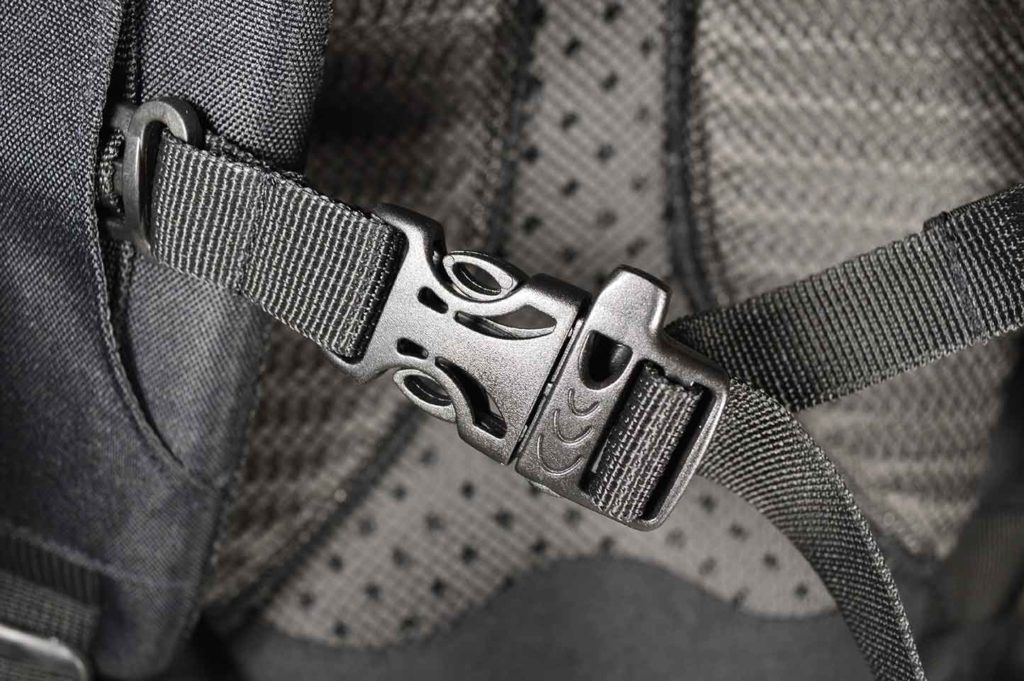
Other necessary things
In addition to clothing, food and tracking and safety devices, in the backpack for a day hike you could need:
- Trekking poles. They help support weight and maintain balance (especially on slopes and on uneven ground)
- Dry bag. If the hike includes activities close to waterways, a waterproof dry bag isolates your things and protects them from water, mud, snow and sand. Give a look to our models.
- Handkerchiefs and wet wipes. Useful in all circustances, especially if there are no waterways nearby
- Power bank or solar charger. In case the phone runs out of battery, it comes in handy
- Cover. Useful for lying on the ground
- Camera. Optional choice
- Binocular or monocular. To observe from a distance, look for gathering points or shelters.
So, preparing the backpack for a day hike is really simple, right? Rimember that the principle of the “less is more” is timeless.
Water is essential, better to bring a little more than risk dehydration in the middle of the hike. You can place two thermal bottles in the external side pockets and always have water close at hand.
Additional clothes (a t-shirt, a sweatshirt, a pair of long pants and a pair of socks) are lightweight and essential in case of rain or sweat. They can be placed at the bottom of the backpack. The main compartment has enough space to store most of the equipment. While in the smaller pockets of the backpack, you can place snacks, sunglasses and other small items. The waterproof jacket can be hung on the elastic cordoutside of the backpack, saving valuable space inside.
Our guide “What to bring for a day hike to the mountains” is coming to an end. You can adapt the list according to your needs and your hikes. Remember to choose a suitable backpack. If you are planning a longer hike, we recommend taking a look at the complete list of everything you need for a multi-day hike.
Royal Eagle Road is an Italian brand of outdoor backpacks and accessories. For your day hikes, we recommend ours Brigante 28 litermade of sturdy and water-resistant polyester. The 28 liters of volume are divided into a large main compartment with a separate pocket to place the hydration bladder, two frontal pockets, two side bottle pockets and an external elastic cord to hang the anorak. But there is more! Unlike most of the backpacks on the market, Brigante 28 liter has a padded and breathable hip belt with a small pocket on the right and a carabiner loop on the left. Find out Royal Eagle Road Brigante 28 liter, we ship in Europe. If you have any questions, contact us on WhatsApp, we will be happy to support you.
Royal Eagle Road – Unconventional Exploring
Posts you may like

